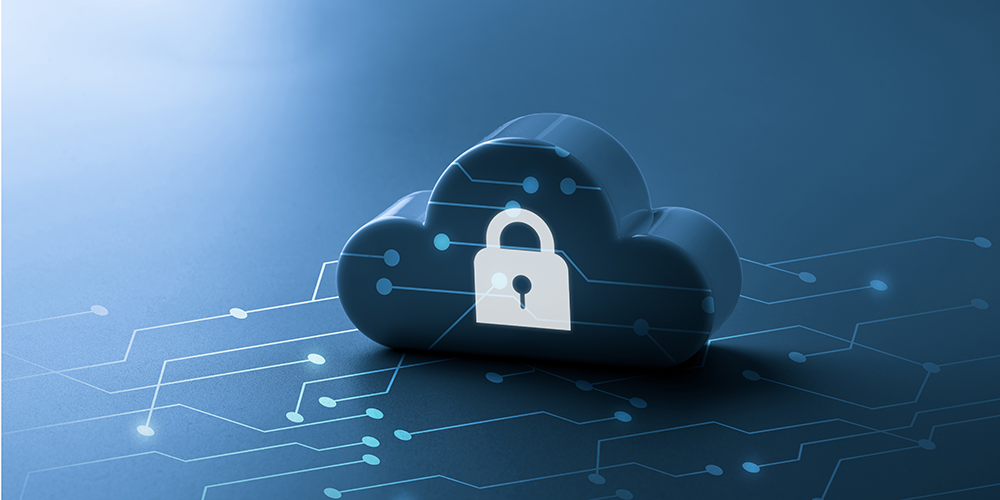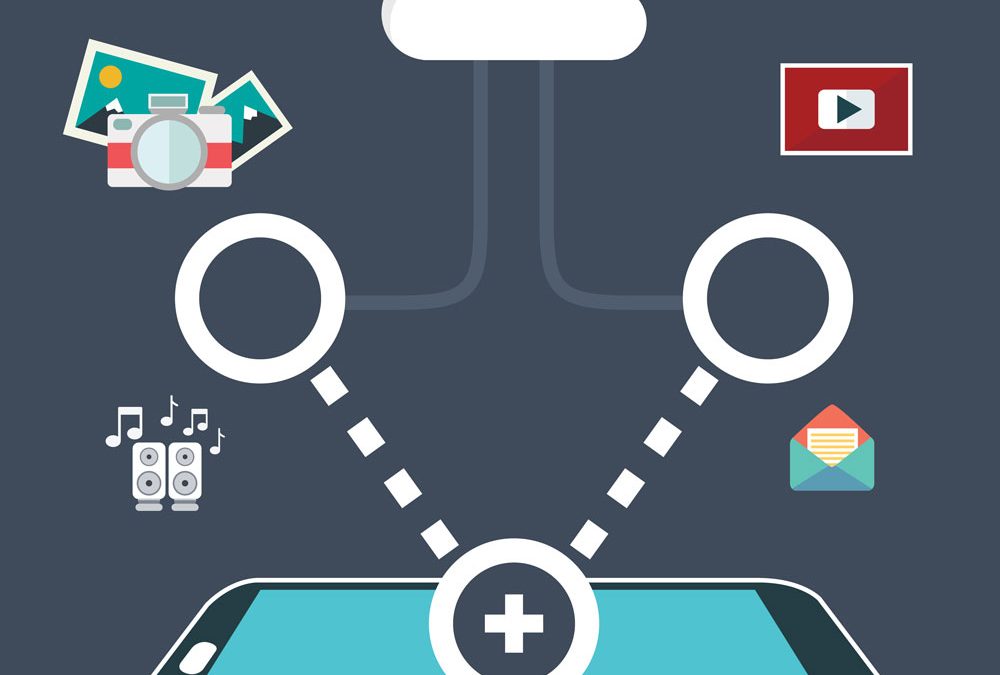
Feb 5, 2024 | SMB Technology, SMB Technology, SMB Technology, SMB Technology, Technology News
Cloud Computing, long a fundamental part of digital transformation, is seeing even more changes in 2024 and beyond. From hybrid and multi-cloud to the intersection of artificial intelligence and cloud computing, and the security and compliance implications, digital transformation and innovation will continue. Read on to learn more about upcoming cloud trends. Hybrid and Multi-Cloud Environments Rising in Popularity Hybrid Cloud environments, wherein some of an organization’s computing resources are in a private cloud and others in a public cloud environment, seem to offer the best of both worlds. Hybrid clouds offer the cost-effectiveness of public cloud, while preserving data privacy by keeping some infrastructure on-premise. The latter can benefit businesses in industries that must comply with data protection regulations. It will be vital for businesses using hybrid cloud to know where business data resides–not to mention your cloud service provider’s regulatory compliance policies. With multi-cloud architecture, numerous providers are used, and this provides flexible solutions and benefits to fit your business. What your company needs to consider, though, is that additional configuration may be required for the different services to communicate with each other, and how this can impact the experience for end users. Artificial Intelligence in the Cloud Another trend is the connection between cloud computing and artificial intelligence. What the two have in common is automation. Artificial Intelligence (AI) with its large reservoir of data can help automate and streamline mundane processes and free up time to work on the company’s strategic goals. Artificial intelligence, an enabling technology, can analyze data and provide insights that can lead to even more precise...

Apr 15, 2021 | SMB Technology, SMB Technology, SMB Technology, SMB Technology, Technology News
Small to medium-sized businesses (SMBs) look to get more from their technology spending. The cloud, or Internet-based computing, is an effective way to allocate your technology spend, with its flexible and cost-effective self-service model. Read on to learn more about the benefits of cloud computing for SMBs. What the Cloud Can do for Your Business In short, cloud computing is an internet-based model for delivering computing resources. According to the National Institute of Standards and Technology (NIST), important aspects of cloud computing include broad network access, resource pooling, and rapid elasticity. Broad network access means that there is connectivity between servers and storage (“backend” infrastructure) and laptops or smartphones (“frontend” clients). The access can extend to a wide range of frontend devices including smart phones, lap-tops, and desktop computers. This enables workers to access applications and other office productivity tools via the internet so they can work wherever they are. Why the Cloud is Cost Effective Resource pooling involves a provider serving a number of clients while the service appears infinite and immediately available. Rapid elasticity, perhaps one of the most important traits of cloud computing, allows clients to use more resources (or less) as needed–for busy times of year, or special projects, for instance. This means only pay for what’s used. What’s more, measured service facilitates SMBs tracking usage and not buying more resources than they need. Companies can have the provider maintain and operate infrastructure, transforming capital expense to operating expense. Cloud Service Platforms and Models As already mentioned, rapid elasticity is a reason many companies decide to adopt the cloud. According...

Dec 7, 2020 | SMB Technology, SMB Technology, SMB Technology, SMB Technology, Technology News
With remote work a fixture in our economy, technology has risen to meet the challenge. From virtual desktops to unified communications, it is easy to work anywhere. Read on to learn how technology based in the Cloud can keep your business robust in 2021 and beyond. Stay Connected with Unified Communications Unified Communications as a Service (UcaaS) provides phone, chat, text, email, web conferencing and more as an integrated solution available in the Cloud. Voice over IP (VoIP) and other Cloud technologies remove the dependency of on-premise hardware and the need for expensive phone and conferencing equipment. This lets you route calls efficiently to communicate in real time all over the world. Work Securely with DeskTop as a Service Adopting Desktop as a Service (DaaS) means you can work anywhere, get customer information instantly and securely from home or all over the world. With Windows Virtual Desktop (WVD) or Virtual Desktop Infrastructure (VDI), your access is more secure because all systems and applications are managed virtually with a defined level of security that can be centrally managed from a remote location. Since the data is in the Cloud, it doesn’t reside on individual devices, thereby increasing security. Individual users still need to practice effective password management as well as best practices in security policy. With Desktop as a Service (DaaS), the Cloud provider manages and operates the infrastructure, including security. Work Anywhere with Software as a Service Software as a Service (SaaS), also based in the Cloud, supports a wide variety of applications, including business applications like CRM, accounting, human resources and more. With the ability...

Sep 6, 2018 | SMB Technology, SMB Technology, SMB Technology, SMB Technology, Technology News
With daily business processes as well as innovative new technologies like the Cloud Computing, keeping your company’s data and systems safe is a top priority. Damages from cybercrime, in the form of lost revenue, continue to mount; in the next few years, the cost could reach as much as $6 trillion a year. In daily business activities, companies gather, store and use a great deal of customer data. Employees, thanks to Software as a Service (SaaS), can now work anytime, anywhere, accessing company data from outside the office. Both your technology and your employees need to be ready for multiple threats to the security of your network. Read on to learn more about how to protect your business’ revenue and reputation and keep the business running smoothly. Knowing and Guarding Against Cyber Threats Cyber threats come from both inside your company and outside and can affect businesses of all sizes. Not only can malware and viruses attack your system and steal and/or destroy company data, lack of understanding of threats by employees can compromise the safety of your systems. Be sure to have the latest definitions of your anti-virus and anti-malware definitions up to date. Along with these protections, establish a culture of security. This should work from management downward and emphasize that everyone has a role in keeping your systems safe and your business productive. Keep an Eye on Your Network Another way to keep your business running smoothly is to monitor your network. Network monitoring can be done off-site, 24 hours a day, and can spot and eliminate threats to your security. It can keep even small...

Aug 7, 2018 | SMB Technology, SMB Technology, SMB Technology, SMB Technology, Technology News
Cloud computing has become more and more popular over the last several years, with that popularity continuing into 2018 and 2019. According to a report by the International Data Corporation (IDC), public cloud services will grow from nearly $70b to more than $141b in 2019. SaaS is likely to be the key consumption model for Cloud Services, and Telecommunications is expected to be the fastest-growing vertical industry. According to COMPTIA, half of all small to medium-sized businesses report having 31% to 60% of their IT functions in the cloud environment. What is cloud computing, and what are its benefits? Read on to learn more about this technology. More Access for Predictable Cost Cloud computing is an Internet-based model of computing, on a pay-per-use basis, with benefits to organizations large and small. Using the Cloud saves costs, partly by changing a capital expense to an operating expense. Businesses no longer need to replace aging infrastructure, but can move their data, systems and applications to a subscription-based model like Infrastructure as a Service (IaaS) or Software as a Service (SaaS). Businesses, at least in the public cloud environment, can share common system resources (hardware, software, operating system and application database). Usage monitoring and a utility billing model keeps the costs predictable. Cloud computing increases employee productivity by giving the business a common interface, allowing employees to work outside the office, and outside traditional office hours. Another function of the cloud is data backup, allowing the company to have data offsite for easier backup and recovery in case of a disaster. What To Consider Before Moving to The Cloud With all these...






